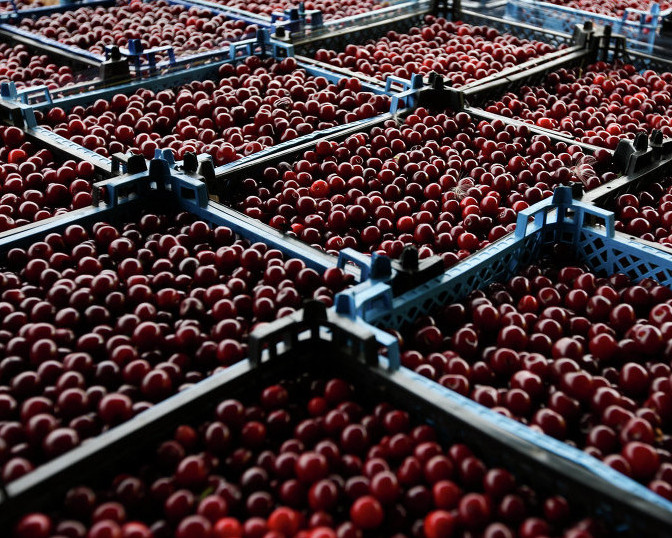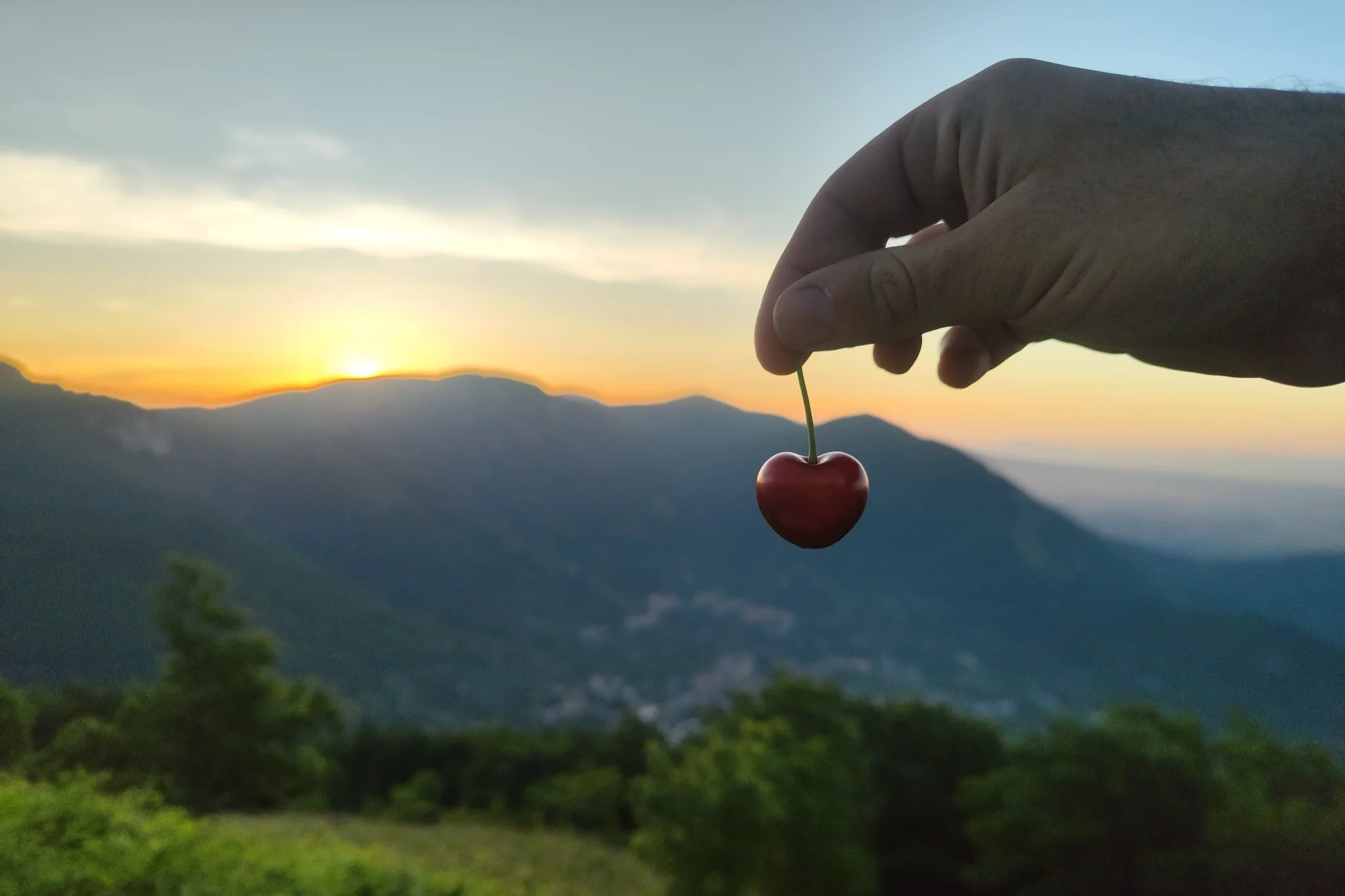Preserving the quality of sweet cherries during the post-harvest phase is a major challenge for the production chain, especially given the high perishability of this non-climacteric fruit.
A recent study evaluated the effectiveness of treatments based on calcium (Ca2+) and silicon (Si2+), applied through immersion in 0°C solutions (hydro-cooling), in maintaining the physicochemical attributes of cherries during cold storage at 4°C for up to 21 days.
The cultivar used was “Bing”, grown at over 2000 meters above sea level in Cuauhtémoc, Chihuahua, Mexico.
The tested solutions included calcium chloride (CaCl2), calcium carbonate (CaCO3), and silicon dioxide (SiO2), applied individually or in combination, and were compared to a control group treated only with cold water.
Effectiveness of calcium and silicon
All solutions were prepared at a 0.5% concentration, and cherries were immersed for 5 minutes.
The results showed that all Ca2+ and Si2+-based treatments significantly influenced key quality parameters such as skin and flesh color, firmness, total soluble solids (TSS), titratable acidity (TA), and weight loss.
In particular, treatment with CaCl2 resulted in a more intense red color, as indicated by increased chromaticity (C*), better preservation of fruit firmness throughout the storage period, and higher total acidity.
These effects are likely related to the action of calcium at the cell wall level, where it interacts with pectins, stabilizing the cell structure and reducing membrane permeability.
Benefits of combined treatments
On the other hand, treatment with SiO2 led to a significant increase in total soluble solids (TSS), suggesting a concentration effect due to reduced transpiration, likely aided by the formation of a protective barrier on the fruit surface.
Additionally, the combination of Ca2+ and Si2+ proved particularly promising: the CaCO3 + SiO2 pairing showed a good balance between firmness maintenance, color preservation, and acidity stability, while the CaCl2 + SiO2 combination increased TSS while maintaining high acidity values.
All treatments also significantly reduced weight loss compared to the control, improving the fruit’s commercial potential.
Calcium carbonate, though less studied than calcium chloride, showed a positive impact, especially when combined with silicon, offering an interesting alternative.
 Figure 1 and 2. Effect of postharvest treatments based on calcium (Ca2+) and silicon (Sio2+) sources, alone and combined with hydrocooling, on weight loss (A) and firmness (B) of ʹBingʹ cherries during low-temperature storage.
Figure 1 and 2. Effect of postharvest treatments based on calcium (Ca2+) and silicon (Sio2+) sources, alone and combined with hydrocooling, on weight loss (A) and firmness (B) of ʹBingʹ cherries during low-temperature storage.
Commercial and sensory advantages
The maturity index (TSS/TA ratio), an indicator of organoleptic quality, evolved more favorably in fruits treated with Ca2+ and Si2+ combinations, suggesting a slowdown in respiration and metabolic processes responsible for quality degradation.
In conclusion, the study demonstrates that immersion of freshly harvested cherries in hydro-cooled calcium- and silicon-based solutions, applied alone or in combination, effectively prolongs the shelf-life of “Bing” cherries while maintaining their commercial and sensory quality.
These findings can help improve post-harvest management practices for sweet cherries, aiming to reduce losses along the supply chain, enhance quality and consumer appeal, and promote the value of local production in specific high-potential areas such as Mexico.
Source: Maya-Meraz, I. O., Díaz-Calzadillas, M. F., Ruiz-Cisneros, M. F., de Jesús Ornelas-Paz, J., Rios-Velasco, C., Berlanga-Reyes, D. I., Pérez-Corral, D. A., & Alonso-Villegas, R. (2024). Effects of postharvest treatments based on calcium and silicon in hydro-cooling on the basic quality attributes of ʹBingʹ sweet cherries (Prunus avium L.) during storage. Revista de la Facultad de Ciencias Agrarias UNCuyo, 56(2), 114-125. https://doi.org/10.48162/rev.39.142
Source images: Maya-Meraz et al., 2024; SL Fruit Service
Andrea Giovannini
University of Bologna (ITA)
Cherry Times - All rights reserved












